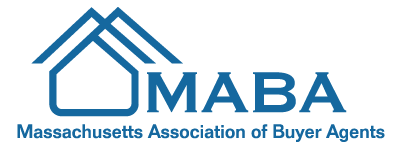Work with a Home Buyer’s Agent in Boston MA
Interested in buying a home, condo or townhouse in Boston? Then you need a local buyer’s agent that works for you, the home buyer, representing your financial interests.
MABA buyer brokers have committed to advocating and negotiating only for their buyer-clients. This loyalty commitment separates MABA buyer agents from the majority of other Massachusetts “buyer agents.”
Boston, Massachusetts Information
Boston covers 49 square miles (127 km2) with an estimated population of 694,583 in 2018, also making it the most populous city in New England, and is the seat of Suffolk County (although the county government was disbanded on July 1, 1999). The city is the economic and cultural anchor of a substantially larger metropolitan area known as Greater Boston, a metropolitan statistical area (MSA) home to a census-estimated 4.8 million people in 2016 and ranking as the tenth-largest such area in the country. As a combined statistical area (CSA), this wider commuting region is home to some 8.2 million people, making it the sixth most populous in the United States.
Boston is one of the oldest municipalities in the United States, founded on the Shawmut Peninsula in 1630 by Puritan settlers from the English town of the same name. It was the scene of several key events of the American Revolution, such as the Boston Massacre, the Boston Tea Party, the Battle of Bunker Hill, and the Siege of Boston. Upon gaining U.S. independence from Great Britain, it continued to be an important port and manufacturing hub as well as a center for education and culture. The city has expanded beyond the original peninsula through land reclamation and municipal annexation. Its rich history attracts many tourists, with Faneuil Hall alone drawing more than 20 million visitors per year. Boston’s many firsts include the United States’ first public park (Boston Common, 1634), first public or state school (Boston Latin School, 1635) and first subway system (Tremont Street subway, 1897).
Today, Boston is a thriving center of scientific research. The Boston area’s many colleges and universities make it a world leader in higher education, including law, medicine, engineering, and business, and the city is considered to be a global pioneer in innovation and entrepreneurship, with nearly 5,000 startups. Boston’s economic base also includes finance, professional and business services, biotechnology, information technology, and government activities. Households in the city claim the highest average rate of philanthropy in the United States; businesses and institutions rank among the top in the country for environmental sustainability and investment. The city has one of the highest costs of living in the United States as it has undergone gentrification, though it remains high on world livability rankings.
Boston, MA Neighborhood
Downtown and its immediate surroundings consist largely of low-rise masonry buildings (often Federal style and Greek Revival) interspersed with modern highrises, in the Financial District, Government Center, and South Boston. Back Bay includes many prominent landmarks, such as the Boston Public Library, Christian Science Center, Copley Square, Newbury Street, and New England’s two tallest buildings: the John Hancock Tower and the Prudential Center. Near the John Hancock Tower is the old John Hancock Building with its prominent illuminated beacon, the color of which forecasts the weather. Smaller commercial areas are interspersed among areas of single-family homes and wooden/brick multi-family row houses. The South End Historic District is the largest surviving contiguous Victorian-era neighborhood in the US. The geography of downtown and South Boston was particularly affected by the Central Artery/Tunnel Project (known unofficially as the “Big Dig”) which removed the unsightly elevated Central Artery and incorporated new green spaces and open areas.
Boston, MA Neighborhood
Some of the most renowned and highly ranked universities in the world are near Boston. Three universities with a major presence in the city, Harvard, MIT, and Tufts, are just outside of Boston in the cities of Cambridge and Somerville, known as the Brainpower Triangle. Harvard is the nation’s oldest institute of higher education and is centered across the Charles River in Cambridge, though the majority of its land holdings and a substantial amount of its educational activities are in Boston. Its business school and athletics facilities are in Boston’s Allston neighborhood, and its medical, dental, and public health schools are located in Longwood area.
Greater Boston has more than 100 colleges and universities, with 250,000 students enrolled in Boston and Cambridge alone.
Boston, MA Demographics
Information is sourced via Wikipedia. No ownership is implied. Read more about Boston on Wikipedia here.
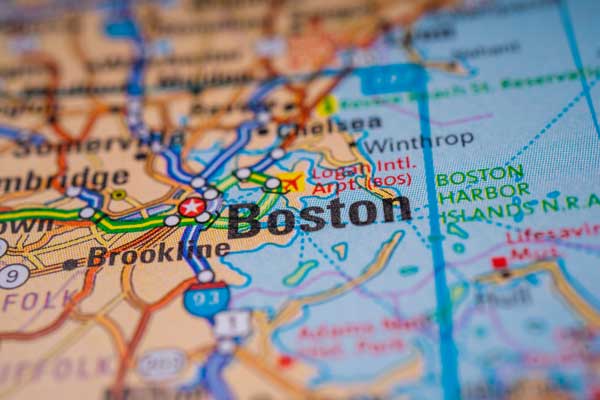
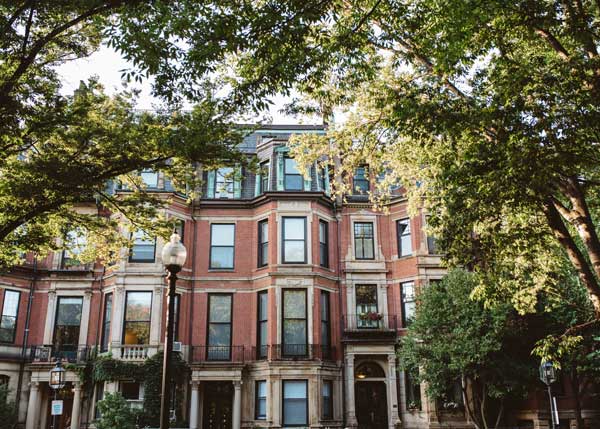
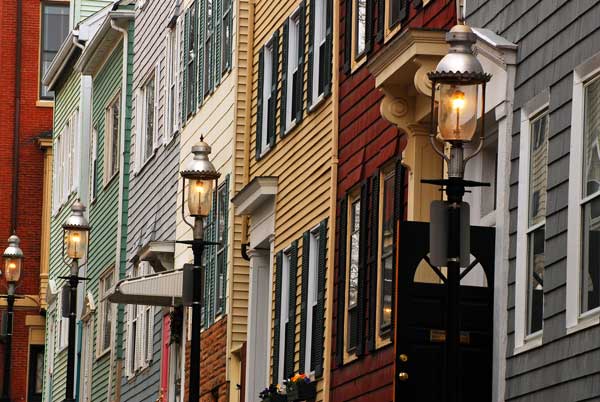
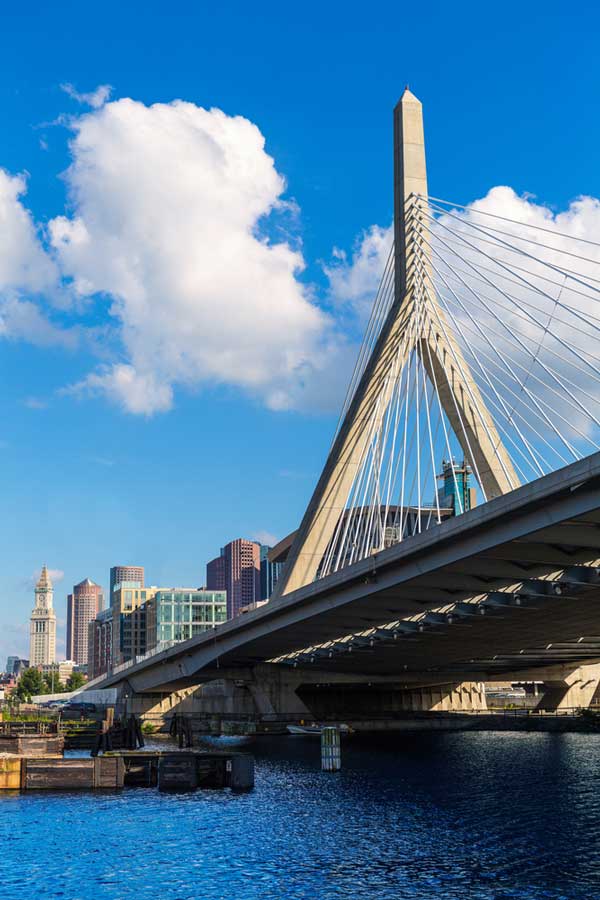
Boston Real Estate News
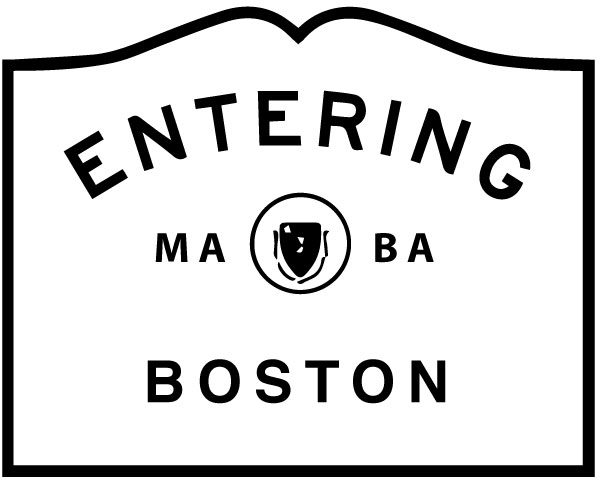
U.S. Senators Question Rocket-Redfin Merger Amid Antitrust Concerns #MABA #MassachusettsRealEstate #FirstTimeHomeBuyers #MaBuyerAgent
U.S. Senators Question Rocket-Redfin Merger Amid Antitrust Concerns MABA MassachusettsRealEstate FirstTimeHomeBuyers MaBuyerAgent Sens. Elizabeth Warren, Cory Booker, Bernie Sanders, Mazie Hirono, and Tina Smith have submitted a letter to both the Department of...
Bill Introduced to Educate Vets on Home Loan Benefits #MABA #MassachusettsRealEstate #FirstTimeHomeBuyers
Bill Introduced to Educate Vets on Home Loan Benefits MABA MassachusettsRealEstate FirstTimeHomeBuyers Sens. John Boozman and Chris Van Hollen have announced the introduction of the Veterans Affairs Loan Informed Disclosure (VALID) Act of 2025, a measure geared toward...
Rental Market Heats Up as Peak Leasing Season Begins #MABA #MassachusettsRealEstate #FirstTimeHomeBuyers #MaBuyerAgent
Rental Market Heats Up as Peak Leasing Season Begins MABA MassachusettsRealEstate FirstTimeHomeBuyers MaBuyerAgent The busiest week of the year for rental seekers is upon us, as data from Zillow Rentals reveals that the first week of June will bring a spike in...
Homebuyers Hesitate as Market Conditions Remain Uncertain #MABA #MassachusettsRealEstate #FirstTimeHomeBuyers #MaBuyerAgent
Homebuyers Hesitate as Market Conditions Remain Uncertain MABA MassachusettsRealEstate FirstTimeHomeBuyers MaBuyerAgent The most recent Bank of America Homebuyer Insights Report, which was released in conjunction with the Bank of America Institute’s most recent On...
Beyond the software: What agents can do to help prevent fraud at closing #MABA #MassachusettsRealEstate #FirstTimeHomeBuyers #MaBuyerAgent
Beyond the software: What agents can do to help prevent fraud at closing MABA MassachusettsRealEstate FirstTimeHomeBuyers MaBuyerAgent Fraud appears in many different forms across various industries, and unfortunately, real estate is no exception. A study released by...
What 1.4 Million Empty Homes Mean for Today’s Housing Market #MABA #MassachusettsRealEstate #FirstTimeHomeBuyers #MaBuyerAgent
What 1.4 Million Empty Homes Mean for Today’s Housing Market MABA MassachusettsRealEstate FirstTimeHomeBuyers MaBuyerAgent ATTOM has released its Q2 2025 Vacant Property and Zombie Foreclosure Report, showing that one point four million (1,382,480) residential...
Ready to Meet a Local Home Buyer’s Agent Who Will Represent Your Financial Interests?
Let a MABA buyer agent be your advocate and work for you during the home buying process. Contact us today.
